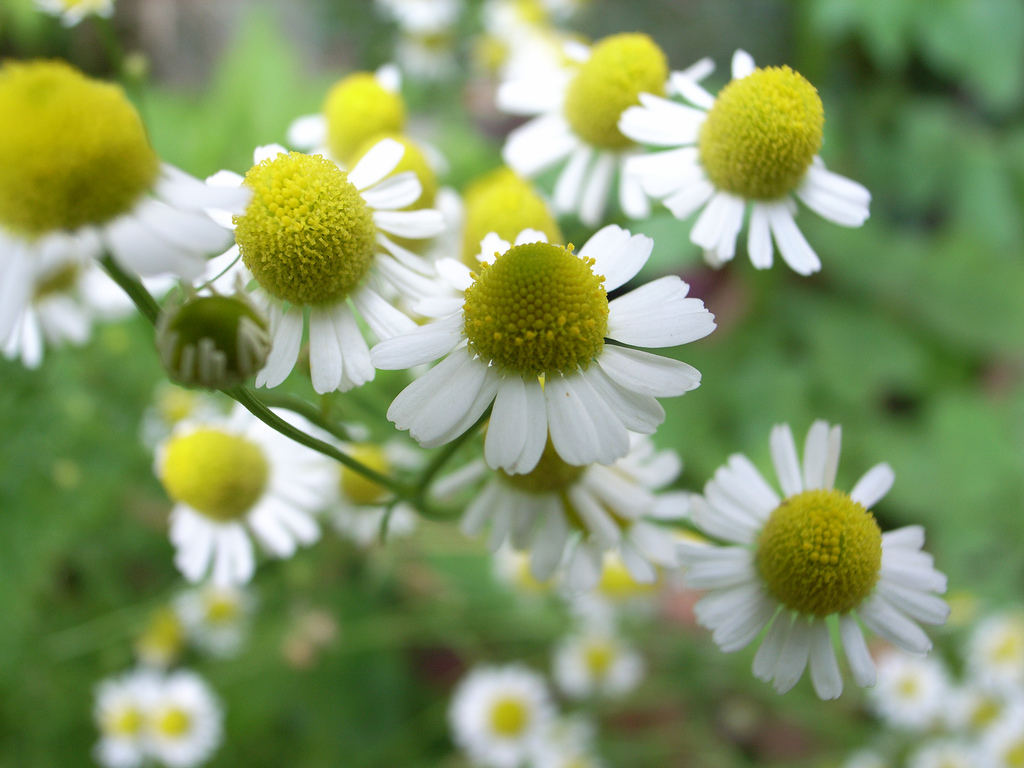Meditation can reduce stress, but only if you really want it to: The first step in reducing cortisol is acceptance, new study finds
11/29/2017 / By Isabelle Z.

Mindfulness has been getting a lot of buzz as a way to combat stress recently, and this is one trend that has some solid backing behind it. This approach sees people focusing their mind fully on what is happening around them, what they’re doing, and the space in which they are moving. It entails being fully present and completely aware of what you are doing, and it’s something that many people can cultivate through meditation.
Even though modern technology is what has brought many of us further away from that tuned-in feeling in the first place, mobile apps are quite popular among those looking to bring the benefits of mindfulness meditation to their lives. Are these programs worth your time?
A study carried out by Carnegie Mellon University found that one of the most important components of any good mindfulness intervention is acceptance. Learning how to accept the way that things are in every moment is essential for such training to reduce the effects of stress. The researchers are the first to show scientific proof that a quick mobile app devoted to mindfulness meditation that also uses acceptance training can reduce systolic blood pressure and the hormone cortisol in response to stress. Their findings were published in Psychoneuroendocrinology.
According to Associate Psychology Professor David Creswell of CMU’s Dietrich College of Humanities and Social Sciences, mindfulness training programs have been shown to buffer stress in the past, but it wasn’t quite clear how they managed to do so. Thanks to the efforts of his research team, we now have a better idea of what makes such a program successful.
In their study, the researchers had 144 stressed adults use a smartphone-based intervention. They were randomly divided into three groups, one of which used training in monitoring the current moment along with acceptance, while one used the same training but without acceptance and one used active control training.
After completing a 20-minute audio lesson followed by a short homework assignment each day over two weeks, the participants were placed in stressful situations and their blood pressure and cortisol levels were measured. These included giving a five-minute speech and carrying out a complex mental arithmetic task.
Those who had used the program combining monitoring with acceptance showed remarkable reductions in both their systolic blood pressure reactivity and cortisol levels. Their cortisol responses were over 50 percent lower than those who used the two interventions that did not incorporate acceptance training, while their blood pressure responses were roughly 20 percent lower. The other two groups had no significant differences in their responses.
What can we conclude?
This study shows that a focus on the present moment, while helpful, is not quite enough to reduce stress; having an attitude of acceptance is what makes the difference.
University of Pittsburgh Postdoctoral Research Fellow Dr. Emily Lindsay, who led the study while working at CMU under Creswell, said that the study shows it’s entirely possible for people to learn skills that can improve the way their bodies react to stress in a very short period of time.
“Rather than fighting to get rid of unpleasant feelings, welcoming and accepting these feelings during stressful moments is key,” she said.
These results will not come as any surprise to those familiar with Buddhist monastic training. The report points out, “In the Buddhist paradigm, monitoring (vipa?yan?) leads to sensory clarity and insight (prajñ?), whereas acceptance (i.e., equanimity, the ability to experience pleasure and pain without interference) reduces craving (r?ga) and aversion (dvesha), the necessary causes (samuccaya) for suffering (duhkha).”
This could prove to be an incredibly useful finding for the many people around the world who suffer from stress, and it could help them avoid the serious health problems that can be triggered by stress.
Sources include:
Tagged Under: acceptance, Anxiety, awakening, blood pressure, cortisol levels, Meditation, mental health, mind body science, mindfulness, mindfulness apps, mindfulness traning, natural remedies, Psychology, research, self-help, spirituality, stress, stress relief




















